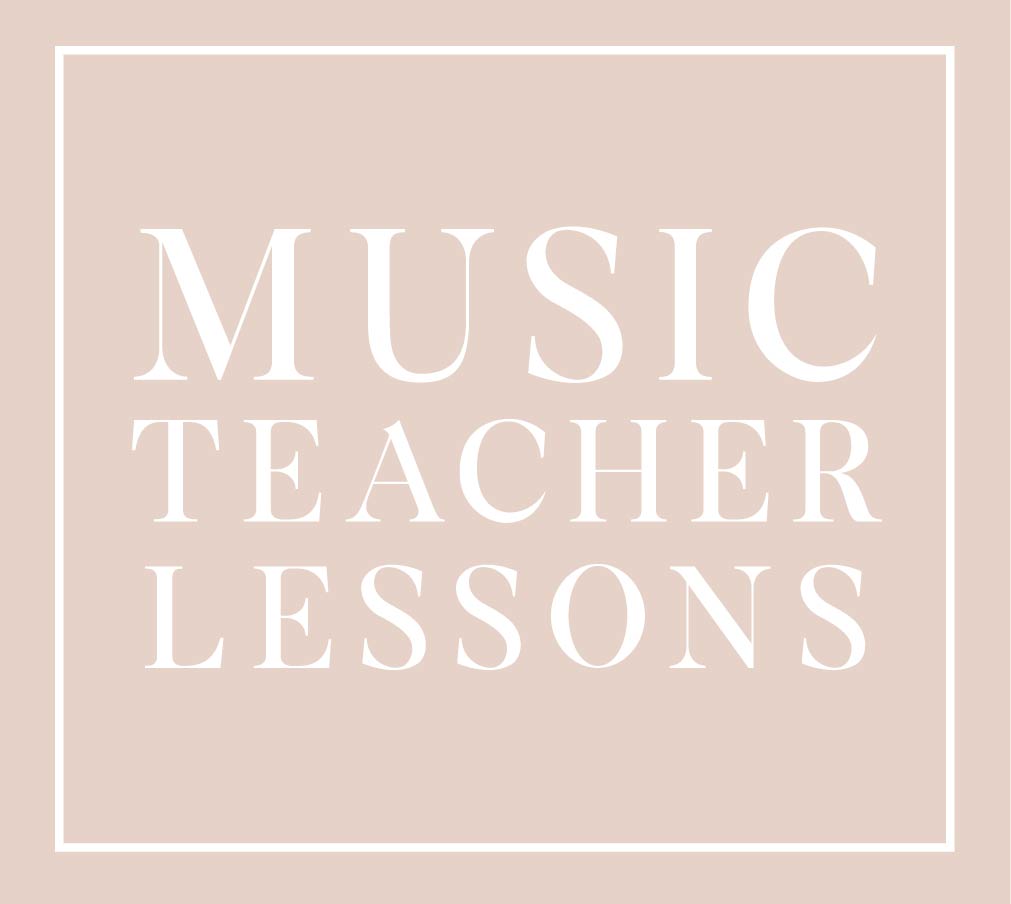FAQ
Why Visuals Are Helpful in Teaching Music
FAQs
Learning to read and decode music notation and rhythms can be challenging and puzzling to the amateur music student. On top of all of that frustration, add the challenge of learning how to play the instrument. We at Music Teacher Lessons understand the challenges that music teachers and aspiring music students face. Our designed interactive music tools give the teacher a visual tactile music tool that capturers the student’s interest
Visuals Improve Comprehension
Visuals Motivate Learners
Visuals Cues Trigger Emotions
An interview given to visual literacy proponent, winner of Stanford University's prestigious Walter Gores Award for Excellence in Teaching, Dr. Lynell Burmark

Question: A lot of your focus is on visual literacy. What's that mean?
Lynell Burmark: Everyone knows what literacy means--reading and writing words. Visual literacy is reading and writing images. The "reading" is that when you see an image, you understand what's being communicated by that image. The "writing" is when you find appropriate, compelling images and put them into materials to communicate, teach, or learn. https://thejournal.com/articles/2012/12/19/picture-perfect-teaching-to-visual-literacy.aspx
Visual Literacy proponent Lynell Burmark explains why the use of images is so important in the classroom and how it can help teachers meet the challenges of getting through the curriculum and engaging students in skills and content they'll actually remember and apply after the lesson.
Why visuals for autism? Understanding WHY is critically important for achieving success with communication. https://usevisualstrategies.com/in-one-ear/
By now, it’s considered “best practices” to use visual strategies for autism. It’s my passion to help parents and educators grasp how important it is to understand this concept.
But here’s something important to understand about all of us “neurotypicals”
That means it’s about YOU and ME. The research is really interesting. Here’s what it says.
People think using pictures. In one ear and out the other
I’ll bet you’ve heard that before. It’s really quite true.
In one ear and out the other.
According to Dr. Lynell Burmark, an expert on visual literacy,
“…unless our words, concepts, ideas are hooked onto an image, they will go in one ear, sail through the brain, and go out the other ear. Words are processed by our short-term memory where we can only retain about 7 bits of information” (like a phone number).
And here is one more point. Images go directly into long-term memory where they are remembered. Very interesting.
The advertising world studies us
Those who study marketing and advertising want to know how we remember. This is what they found. Visuals (pictures) are processed 60,000 times faster than text. (That number is sixty thousand times faster!)
Which one is easier to remember?

Comprehension and memory can increase significantly when we combine pictures with text compared to what occurs with only text. Remember we are focusing on you and me as “neurotypicals.”
What does this have to do with autism?
Anna May is an adult who attended my Visual Strategies
Workshop in Belgium. After the program, she came to talk to me.
When she introduced herself she told me she had a diagnosis of Asperger’s. She wanted me to know how important she thought my message was. I had talked about how most of those on the autism spectrum are visual learners. Then this is what she said.
When I hear what you say, I need to form a visual picture in my brain. I don’t think in language. I think in pictures. When I hear it, it has to become a picture in my brain for me to remember it. If it goes by too quickly before I do that (create
the picture) I can’t remember it. When I see it, I don’t have to create my own visual image in my brain. I can understand faster.
Wow! That lines up with what the research says
Of course we need to remember that each individual on the autism spectrum is different. Each may have their own special, unique ways of functioning. Our job is to discover what works best for each one. When we understand HOW our students with ASD learn and understand best, we grasp the value of visuals for autism. We become better communication partners when we learn to effectively use visuals for autism.
